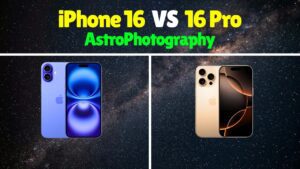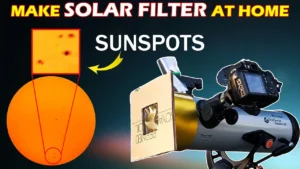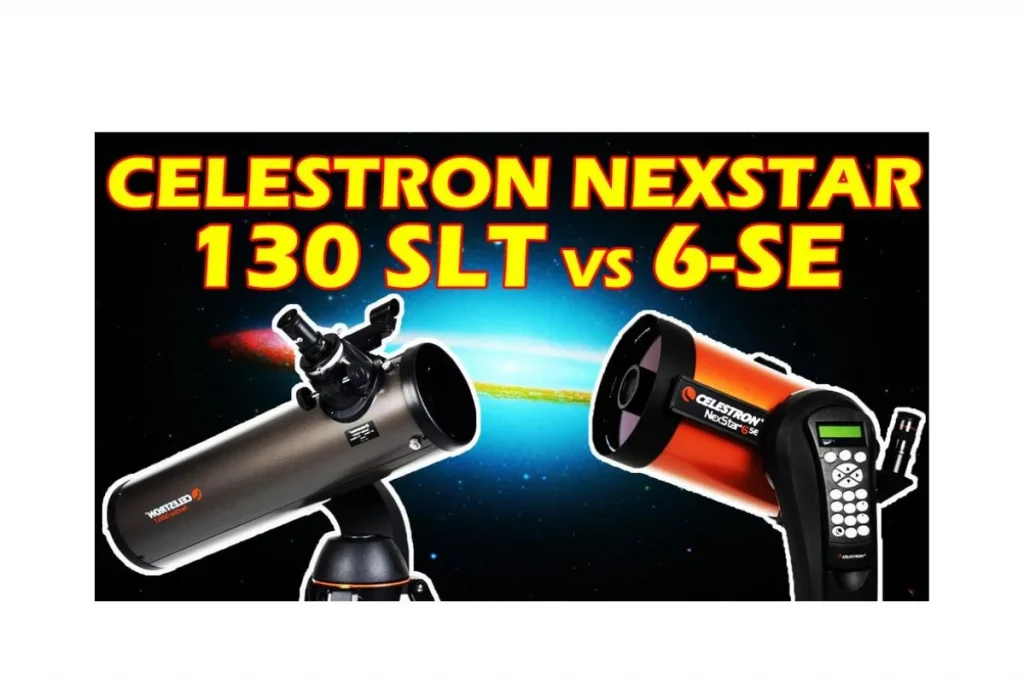
Buying a telescope is not an easy task, especially if you are a beginner. There are so many telescopes on the market and going through all of them can overwhelm you with a lot of information with which you might end up being very confused. In this article, we compare Celestron NexStar 6SE vs 130 SLT. We try to make your buying decision easier by comparing different telescopes so that you understand which one you should go for.
Series of NexStar 6SE vs 130 SLT
When you compare Celestron NexStar 6SE vs 130 SLT. You will find both of these telescopes are from different series of Celestron. 130 SLT comes from SLT series (star location telescopes) that have higher-good quality optics. While 6SE comes from Celestron’s most popular SE series. This series comes with the most advanced optics for the beginner to an advanced astronomer.
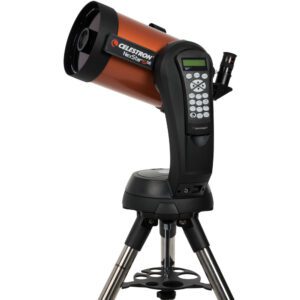
Type of both telescope
130 SLT is a Newtonian reflector telescope, while 6SE is a Schmidt-Cassegrain-type telescope.
As 130 SLT is a reflector telescope its primary mirror is located at the rear end of the optical tube which reflects the light to the front area where the eyepiece is located. However, 6SE is a Schmidt Cassegrain compound-type telescope. So it uses both mirrors and lenses to form an image that is reflected at the eyepiece present at the back of the telescope.
Specifications of Celestron NexStar 6SE vs 130 SLT
Considering the size of the telescope they both are quite lightweight. The 130 SLT weighs 8.2kg while 6SE weighs 13.2 kg. So it will not be difficult to carry or move these telescopes around. But if you are looking for something just grab and go then 130SLT is a better option.
Mount Celestron NexStar 6SE vs 130 SLT
The mounts are one the most crucial part of the telescope. A sturdy and firm mount will give you an excellent stargazing experience. Both these telescopes come with Alt-azimuth mounts but for 130 SLT the weight of the telescope is heavier in the upper part so sometimes the mount vibrates or wobbles a little but it can be solved by using anti-vibration pads. Also, the 130 SLT has a 5.1-inch aperture while 6SE has a 6-inch aperture.
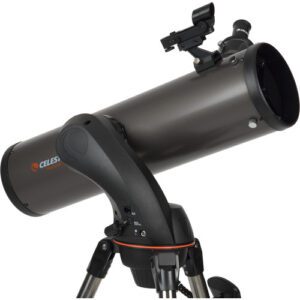
130 SLT has a focal length of 650mm and a focal ratio of 5. While 6SE has a focal length of 1500mm & focal ratio of 10. Which is better than 130SLT. Because of the larger aperture obviously, 6SE will give you a little better and brighter images of the night sky. The magnification on 130 SLT is basic which is 26-27X up to a useful magnification of 307X. While 6SE has 60X magnification and useful magnification up to 357X. The go-to mount with 130SLT comes with data of 4000 celestial bodies while 6SE is from Celestron’s most advanced and popular series of telescopes it comes with data of 40,000 celestial objects.

What you can see with these telescopes?
With 130 SLT you can see lunar surface details, phases of Venus, Jupiter’s moon, Saturn, and its rings. If you get really clear skies then you might be able to see fainter images of some deep space objects but do not expect too much there. With 6SE you can see all the things that 130 SLT can see but they will be much brighter and clearer, plus you can see some deep space objects like Orion nebulae and Hercules star clusters and other Deep space objects.
Finally, the cost of the telescope 6SE is a little expensive than the 130SLT. But if you have a budget for 130 SLT & it’s possible for you to stretch it then you should go for 6SE. It will serve you better and longer. But if you can’t stretch your budget then 130SLT is also a great telescope for the cost you pay for. On the other hand, if you have a budget lesser than 130SLT but if you can stretch it to then 130 SLT is a great telescope for the cost, and the fact that Celestron made this SLT series for beginners to intermediate astronomers this will be a great telescope making your money worth.
So this is how these two telescopes are different from each other. If you are looking for a telescope specifically for astrophotography then you need to check this article. You can also find the best suitable telescope for you with our telescope suggestion tool.


